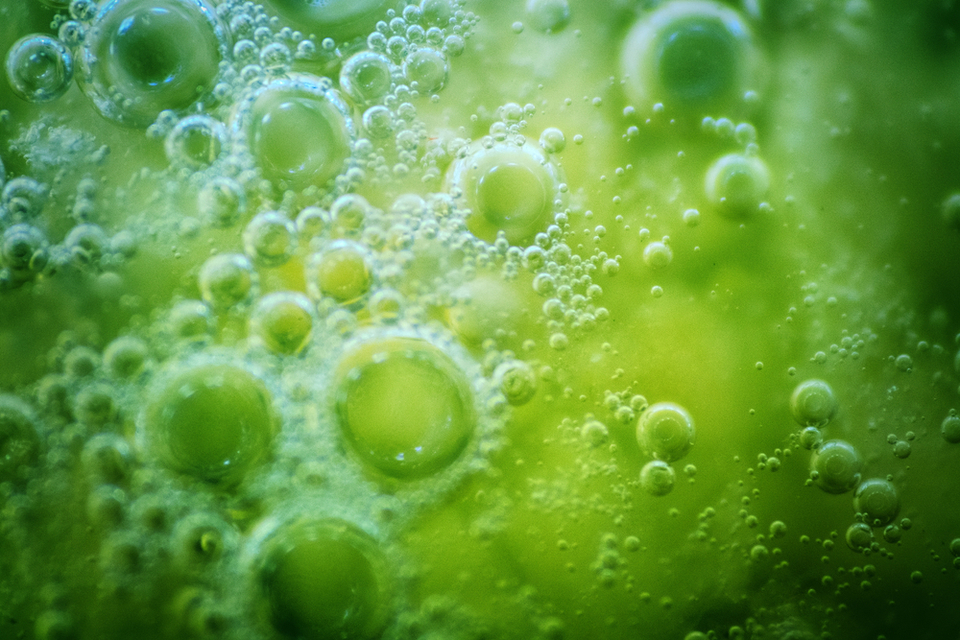Researchers from NASA‘s Jet Propulsion Laboratory in Pasadena, California have reportedly reproduced a primordial ocean in the lab to learn how life could have developed in the sea four billion years ago.
The team’s research aims to uncover life on other planets by studying the origins of life on Earth. The team specifically focused on the building blocks of life that formed around hydrothermal vents on the ocean floor.
In their study published in the journal Proceedings of the National Academy of Sciences, astrobiologist and the team’s lead researcher Laurie Barge, said:
“Understanding how far you can go with just organics and minerals before you have an actual cell is really important for understanding what types of environments life could emerge from.
Also, investigating how things like the atmosphere, the ocean and the minerals in the vents all impact this can help you understand how likely this is to have occurred on another planet.”
Recreating a Primordial Ocean
Hydrothermal vents are found around the cracks on the seafloor. In their simplest form, they are natural chimneys that release heated fluid from beneath the Earth’s crust.
Once these ocean chimneys interact with the seawater surrounding them, they create a continually flowing environment that allows for life to exist or evolve.
Barge and many other scientists believe that this dark, warm habitat sustained by the energy produced by our planet is the key to understanding how life could form in other worlds.
To recreate the ancient hydrothermal vents in their laboratory, Barge and her team made their own miniature seafloors in beakers by mixing components that mimic our planet’s primordial ocean.

Read More: NASA Discovers Method of Creating Water on Moon’s Surface
To do this, the NASA scientists combined water, minerals, and the precursor molecules pyruvate and ammonia.
The artificial oceans then acted as a breeding ground for amino acids; the key organic components necessary for life to form. Amino acids function as building blocks to create proteins which make up all living things on Earth.
Afterward, the team heated the mixture to 70 degrees Celsius, the typical temperature around hydrothermal vents. They then adjusted the liquid’s pH level to copy an alkaline environment and removed the oxygen since ancient Earth had little oxygen in its oceans.
The experiment produced the amino acid alanine and the alpha hydroxy acid lactate which is a byproduct of amino acid reactions. Barge said:
“We’ve shown that in geological conditions similar to early Earth, and maybe to other planets, we can form amino acids and alpha hydroxy acids from a simple reaction under mild conditions that would have existed on the seafloor.”
Barge believes that while we don’t have any concrete proof yet that life exists on other planets, understanding the conditions required to create and sustain life as we know it could narrow down the places where it could be found.


















Comments (0)
Most Recent